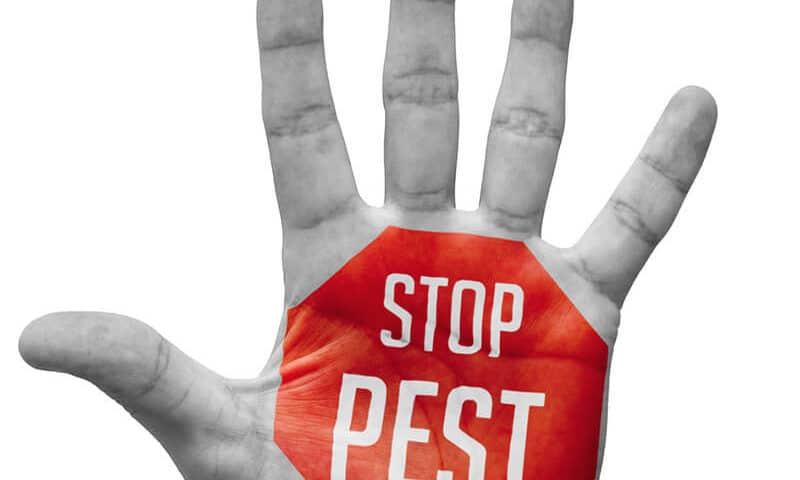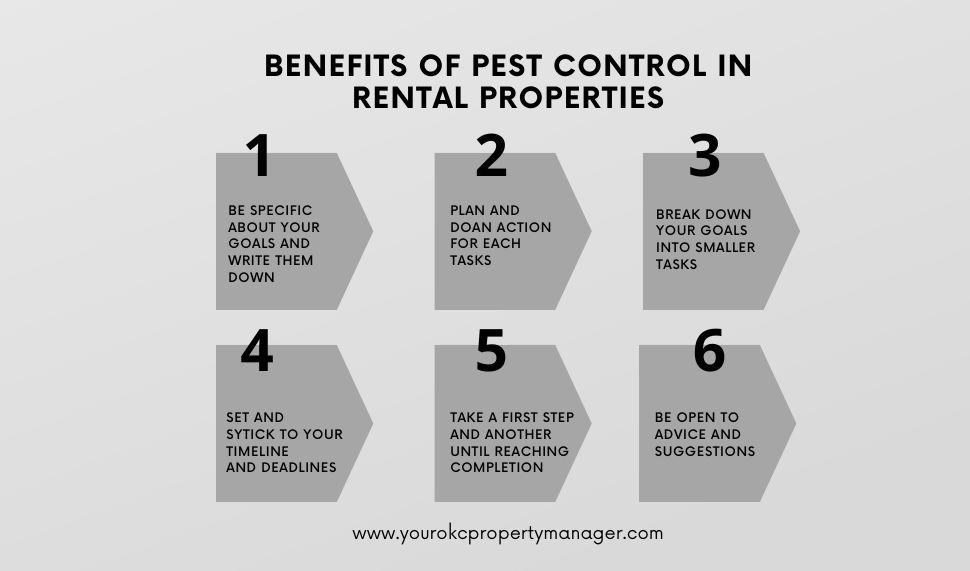The Definitive Guide to Pestwise
The Definitive Guide to Pestwise
Blog Article
The 3-Minute Rule for Pestwise
Table of ContentsSee This Report on PestwiseSome Known Incorrect Statements About Pestwise The Ultimate Guide To PestwiseThe Main Principles Of Pestwise How Pestwise can Save You Time, Stress, and Money.Excitement About PestwisePestwise Can Be Fun For EveryoneThe smart Trick of Pestwise That Nobody is DiscussingThe 15-Second Trick For PestwiseThe 7-Minute Rule for Pestwise
An organism needs to not be taken into consideration a parasite up until it is verified to be one. Categories of parasites consist of: constant pests that arc almost always existing and require routine control.Precise identification is the primary step in an effective bug monitoring program. Never ever try a pest control program up until you ensure what the insect is. Mosquito Control. The even more you find out about the insect and the elements that affect its advancement and spread, the much easier, much more affordable, and extra effective your insect control will be
Get This Report on Pestwise
As a certified applicator, you should know with the pests you are most likely to encounter in the kind of operate in your qualification group. To be able to identify and regulate insects, you require to recognize: the physical features of the parasites likely to be come across. features of the damages they trigger, their advancement and biology, whether they are constant, sporadic.
Create as little injury as feasible to everything other than the pest. It could cost even more to regulate the bug than would certainly be shed due to the fact that of the pest's damage.
A Biased View of Pestwise

The intent is to lower the number of parasites to a degree where the injury they are triggering is appropriate. Once a parasite's existence is spotted and the decision is made that control is required, suppression and prevention commonly are joint goals.
Elimination is periodically tried when a foreign pest has been mistakenly introduced yet is not yet developed in a location. Such eradication approaches often are supported by the Federal government.
Excitement About Pestwise
Confined environments typically are smaller, less intricate, and much more quickly controlled than exterior areas. In lots of enclosed locations, such as homes; colleges; office buildings; and wellness care, food handling, and food preparation centers, specific pests can not or will not be tolerated.
Limits might be based upon esthetic, health and wellness, or financial factors to consider. These levels, which are known as "activity limits," have been identified for several pests. A threshold frequently is evaluated the degree where the economic losses brought on by parasite damage, if the pest populace remained to grow, would be above the expense of controlling the parasites.
The presence of any type of rats in food processing facilities forces action. In homes, individuals normally do something about it to control some parasites, such as rodents or cockroaches, even if just one or a couple of have actually been seen. In many pest control scenarios, the area to be shielded must be kept track of (inspected or hunted) usually.
See This Report about Pestwise

There is no tolerance for the existence of germs in operating areas and various other sterilized locations of health and wellness care centers. In these situations, regular parasite control actions are required to avoid parasites from entering an area and to get rid of any type of parasites that may exist. Bug control involves even more than just identifying a parasite and using a control method.
All of these can be impacted by the parasite control determines you pick. Unless you think about the feasible impacts on the whole system within which the bug exists. your pest control effort can trigger harm or lead to continued or new insect troubles. Rely upon your very own profundity and, when chemicals are component of the technique, on the chemical labeling.
Excitement About Pestwise
The activities of every this link kind of organism or component sharing the site normally influence the activities and well-being of several others. When the balance is interrupted, specific organisms might be damaged or decreased in number, and others sometimes the pests - may control. Integrated parasite monitoring is the incorporating of appropriate pest control methods right into a solitary plan (technique) to reduce insects and their damage to an appropriate degree.
Depending only on chemicals for pest control can trigger pests to establish resistance to chemicals, can trigger episodes of other parasites, and can harm surface areas or non-target microorganisms. With some types of pests, use of chemicals as the only tactic will accomplish very bad control.
Weather condition conditions, particularly temperature level, day size, and humidity, affect bugs' task and their rate of reproduction. Bugs might be eliminated or reduced by rain, freezing temperatures, drought, or other negative weather.
The 7-Second Trick For Pestwise
Birds, reptiles, amphibians, fish, and animals feed on some bugs and aid regulate their numbers. Several predatory and parasitic insect and insect-like types feed on other organisms, some of which are bugs.
Pest populations can prosper only as lengthy as their rood and water supply lasts. When the food source - plant or animal - is tired, the pests die or become non-active.
Some Known Facts About Pestwise.
Sadly, natural controls commonly do not regulate pests promptly or entirely enough to stop unacceptable injury or damage. After that other control procedures must be utilized. Those available include: host resistance, biological control, cultural control, mechanical control, cleanliness, and chemical control. Some plants, pets, and structures stand up to insects much better than others.
Use of resistant types, when offered, helps keep pest populations listed below damaging degrees by making problems much less desirable for the parasites. Host resistance operates in three primary methods: Chemicals in the host fend off the pest or stop the pest from finishing its life process. The host is extra strenuous or tolerant than other selections and thus much less most likely to be seriously damaged by parasite assaults.
A Biased View of Pestwise
Organic control involves using all-natural opponents bloodsuckers, predators, and virus. You can supplement this natural control by releasing even more of a pest's adversaries into the target location or by introducing brand-new opponents that were not in the location before. Organic control generally is not obliteration. The level of control varies.
Under correct problems, sufficient control can be accomplished to remove the hazard to the plant or animal to be secured. Organic control also consists of approaches through which the insect is biologically altered, as in the manufacturing and release or great deals of sterilized males and making use of scents or adolescent hormones.
Pheromones likewise can be a control tool. Often a manufactured duplicate of the scent that a women bug utilizes to attract males can be utilized to puzzle men and stop mating, resulting in lower numbers of bugs.
Getting The Pestwise To Work
(https://indigo-dolphin-ngm747.mystrikingly.com/blog/effective-pest-control-services-with-pestwise)Social practices occasionally are made use of to lower the numbers or parasites that are attacking grown plants. These techniques modify the setting, the problem of the host plant, or the actions of the parasite to prevent or suppress an infestation. They interfere with the normal connection in between the parasite and the host plant and make the pest less most likely to endure, expand, or duplicate.
Instruments, makers, and various other techniques made use of to manage insects or alter their environment arc called mechanical or physical controls. Catches, displays, barriers, fences, webs, radiation, and electricity in some cases can he used to prevent the spread or pests right into a location. Lights, warm, and refrigeration can alter the environment sufficient to reduce or get rid of some parasite populations.
Report this page